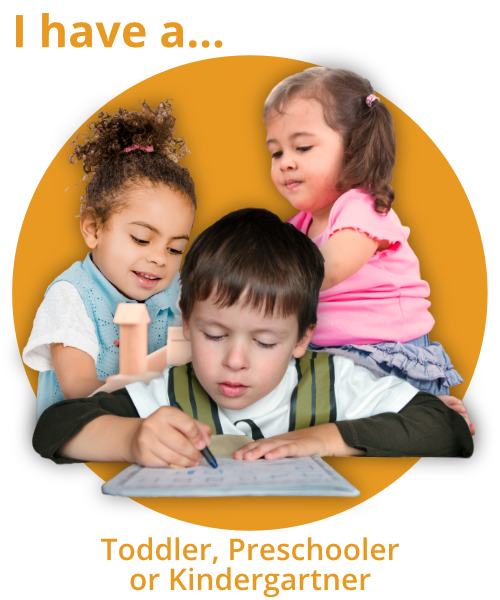Joyful Learning: How to Build a Fire
Every parent wants to know: how do I make sure my child’s learning is engaged, passionate, and JOYFUL?
Most parents now agree: there are better ways to learn than by sheer force and regurgitation of knowledge. But because so many of us grew up in those top down, performance-driven educational models, it can be hard to have a sense for what it looks like to provide your child an environment to facilitate joyful learning.
Believe it or not, nature already provides us the perfect example.
How to Build a Fire
To build a fire, you need three types of fuel: tinder, kindling, and logs. Tinder are teeny tiny pieces of wood; twigs and sticks which burn quickly. Usually you want this to be smaller than your pinky, very dry, and very thin. Kindling are larger--the sticks which you find in your front yard that have fallen from trees after a storm. The ones that are so satisfying to snap in half over your knee! Logs are larger hunks of wood, ones that will burn for a sustained period of time.
Fuel is not all you need, though! If you simply pile all these things on top of each other in a heap, the fire will not burn. You have to build it. In order for the fire to consume the wood, it needs plenty of oxygen and space to breathe...otherwise, it will simply snuff itself out. Importantly, though...you cannot give it SO MUCH ROOM that one piece of wood that is aflame cannot catch another.
Once you’ve used your fuel to create a perfectly stacked and spaced fire, you need a SPARK. Just one spark, well placed, can be enough to get the fire going.
The Spark
Maria Montessori said “Our care of the child should be governed, not by the desire to make him learn things, but by the endeavor always to keep burning within him that light which is called intelligence.”
So the child already has the spark! We just have to keep it burning.
The Joyful Learner’s Fuel
We use our knowledge of child development, of human tendencies and sensitive periods, and our powers of observation to let us know what the best fuel is for our child at any given time. By scaffolding the difficulty of tasks--starting with the small pieces needed to be successful, and then slowly building more and more skills on top of those, we enable the child’s fire to grow. The stronger the flame, the more fuel it can consume.
That earliest spark that catches the tinder...if you immediately drop a giant log right on top of it, the whole flame will be smothered, and you will need to start anew. It’s the same with the child. We have to be mindful of offering appropriate challenges so that the child can continue to grow, unrestrained.
The Joyful Learner’s Air
The fire can’t be maintained with fuel alone, however. If we simply continue to pile one log after another, without regard to how the fire is burning or how it is spaced, the fire goes out. It simply cannot breathe under the weight of all of that wood.
Sometimes, in our rush to help our children progress...in our own pressure to keep them on pace with peers, or in concern that they are not well-rounded enough or pushing themselves enough, we pile too much upon them. We rush to the next step. We plan a new piece of a lesson every single day for a week, and while the first day they seem so passionate, by day four, you are begging them to take it out to work with you again.
What would happen if instead, you presented a material--just one, not even multiple from many areas of the curriculum--and then you just let them consume it? What if you gave them the air they need to build the fire up more? If you observe to see just the moment when the fire is raging and READY for the next step, when they’ve achieved joy and mastery?
A Heart on Fire
When you become comfortable with how to provide fuel and air; when you begin to see the way children naturally acquire, request, DEMAND those things for themselves; you allow yourself to be the tender of the fire. You get to enjoy the glow and the warmth. The pressure of MAKING it burn, of making them learn, goes away, because you know: if you give them what they need, it will happen of its own accord.


